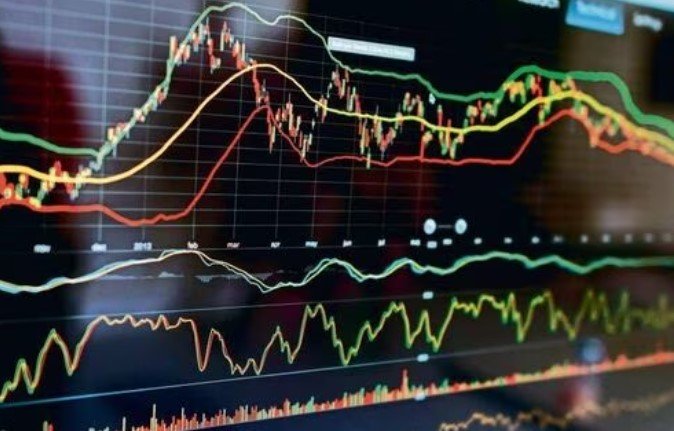US bond yields rose on Tuesday as investors anticipated further interest rate hikes from the Federal Reserve amid signs of a robust economic recovery. US stock futures were little changed ahead of the opening bell, indicating a cautious mood on Wall Street.

Fed signals hawkish stance
The Fed has raised its benchmark interest rate 11 times since March 2022, from near zero to 5.25%, in an effort to tame inflation that has been running above its 2% target for several months. The central bank has also been reducing its massive bond-buying program, which was launched to support the economy during the pandemic.
Last week, the Fed kept its policy rate unchanged, but signaled that it could hike rates three more times this year and four times in 2024, as it expects inflation to remain elevated and the labor market to improve further. The Fed also revised up its growth and inflation forecasts for this year and next, reflecting the strength of the economic recovery.
The Fed’s hawkish stance has boosted the US dollar and pushed up bond yields, as investors adjust their expectations for the future path of monetary policy. Higher interest rates make bonds more attractive relative to stocks, and also increase the borrowing costs for businesses and consumers.
Bond market reacts to economic data
On Tuesday, the yield on the 10-year Treasury note, which moves inversely to its price, rose to 4.64%, the highest level since October 2007. The yield on the 2-year note, which is more sensitive to changes in the Fed’s policy rate, climbed to 5.13%, the highest level since June 2006.
The bond market reacted to a batch of economic data that showed the resilience of the US economy. The personal consumption expenditures (PCE) price index, the Fed’s preferred measure of inflation, rose 0.3% in August from the previous month, and 3.9% from a year ago, matching the Fed’s forecast. The core PCE, which excludes food and energy prices, increased 0.1% month-over-month and 3.6% year-over-year, slightly below expectations.
Meanwhile, the Institute for Supply Management (ISM) reported that its manufacturing index rose to 61.1 in September from 59.9 in August, beating the consensus estimate of 60. The index indicated a strong expansion in the manufacturing sector, driven by higher production, new orders, and employment. However, the report also highlighted supply chain disruptions, labor shortages, and rising input costs that could pose challenges for the sector.
Stock futures tread water ahead of earnings season
US stock futures were mixed on Tuesday, as investors weighed the impact of rising bond yields and the Fed’s policy outlook on the equity market. The S&P 500 futures were down 0.1%, the Dow Jones Industrial Average futures were up 0.1%, and the Nasdaq 100 futures were down 0.2%, as of 8:30 a.m. ET.
The stock market has been under pressure in September, with the S&P 500 down 4.8% for the month as of Monday’s close, the worst monthly performance since March 2020. The Dow has lost 4.3%, and the Nasdaq has fallen 5.3%, as investors have rotated out of growth and technology stocks that are more vulnerable to higher interest rates and valuation concerns.
Investors are also looking ahead to the third-quarter earnings season, which kicks off next week, for clues on how corporate America is coping with the challenges of inflation, supply chain bottlenecks, and the delta variant of the coronavirus. Analysts expect the S&P 500 companies to report a 27.6% year-over-year increase in earnings, according to FactSet, down from a 94.6% surge in the second quarter.
